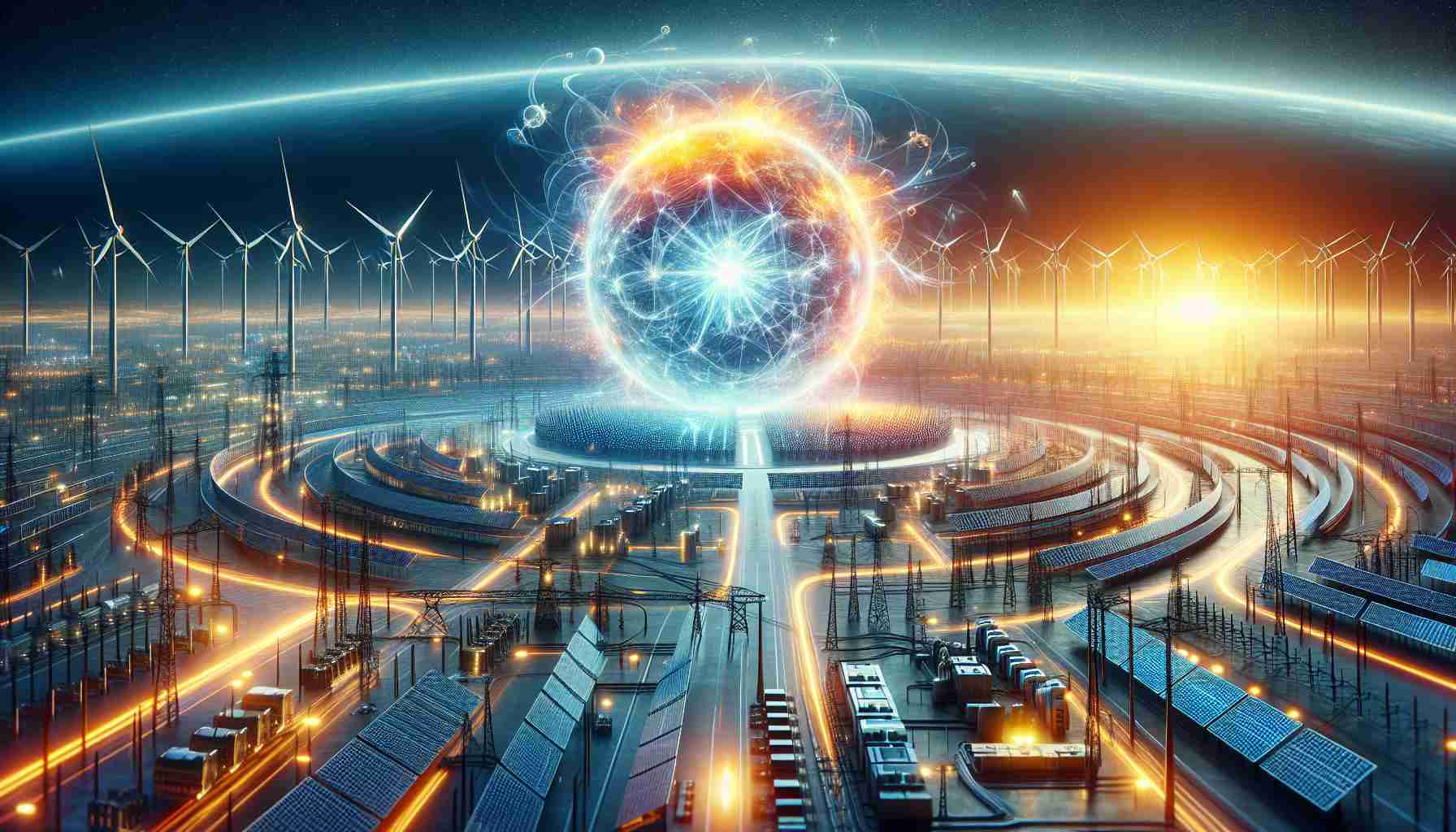A cutting-edge project is underway to harness fusion energy in a groundbreaking new way. Marvel Fusion, in collaboration with Colorado State University, is spearheading the establishment of a laser facility named ATLAS. This innovative facility is set to revolutionize the energy sector by utilizing ultra-high intensity lasers to trigger fusion reactions.
In contrast to traditional methods, ATLAS will fire a staggering 7 petawatts of power at a target, generating immense heat and pressure to fuse atoms together. This approach mirrors the same process that powers celestial bodies such as the Sun and stars, promising a potential source of abundant and clean energy.
While previous experiments have hinted at the viability of fusion reactions, achieving a net energy gain has long been a challenge. However, the upcoming laser facility aims to overcome this hurdle by enabling continuous fusion reactions.
Marvel Fusion’s ambitious goal is to conduct these fusion blasts ten times per second, ensuring a steady production of clean energy. By leveraging cutting-edge technology and expertise from Colorado State University, the facility is poised to redefine the landscape of energy generation.
Aside from its energy applications, ATLAS will also support advancements in fields such as medicine, semiconductors, and imaging. The project represents a significant investment in the future of sustainable energy and scientific innovation.
As construction progresses towards completion in 2026, the collaboration between Marvel Fusion and Colorado State University holds the promise of ushering in a new era of clean energy production and technological progress.
Additional facts:
– Fusion energy, if successfully harnessed, could provide a nearly limitless and sustainable source of power without producing greenhouse gases or long-lived radioactive waste.
– The development of fusion energy has been a long-standing scientific pursuit, with projects worldwide exploring different approaches to achieving controlled fusion reactions.
– The concept of fusion energy involves merging light atomic nuclei, such as hydrogen isotopes, under high temperatures and pressures to release energy.
Key questions:
1. How does the use of ultra-high intensity lasers in fusion energy differ from other fusion reactor designs?
2. What are the main technical challenges faced in achieving continuous fusion reactions with the ATLAS facility?
3. How does Marvel Fusion plan to address potential safety concerns associated with operating a fusion energy facility?
4. What are the economic implications of scaling up fusion energy technology for widespread adoption?
Advantages:
– Fusion energy, if successful, could provide a clean and abundant source of power to meet global energy demands sustainably.
– The utilization of fusion technology could potentially reduce dependence on fossil fuels and mitigate climate change by offering a carbon-free energy option.
Disadvantages:
– The development of fusion energy technology is complex and costly, requiring significant investments in research and infrastructure.
– There are inherent technical challenges in achieving controlled fusion reactions, such as maintaining plasma stability and controlling energy output.
Key challenges or controversies:
– One key challenge in fusion energy development is achieving a sustained fusion reaction that produces more energy than it consumes, known as achieving net energy gain.
– Controversies in the field revolve around the timeline for commercializing fusion energy, with some critics questioning the feasibility of achieving cost-competitive fusion power within a reasonable timeframe.
Suggested related link:
ITER – International Thermonuclear Experimental Reactor



